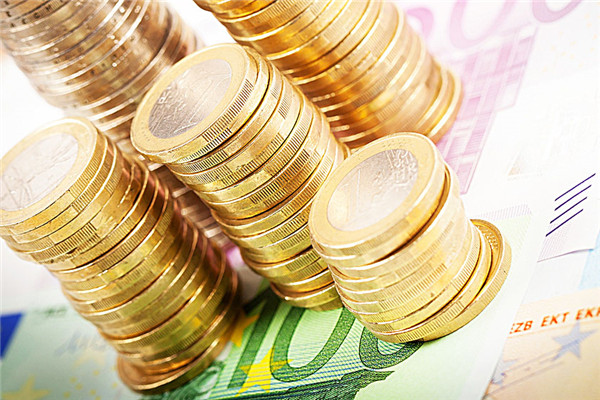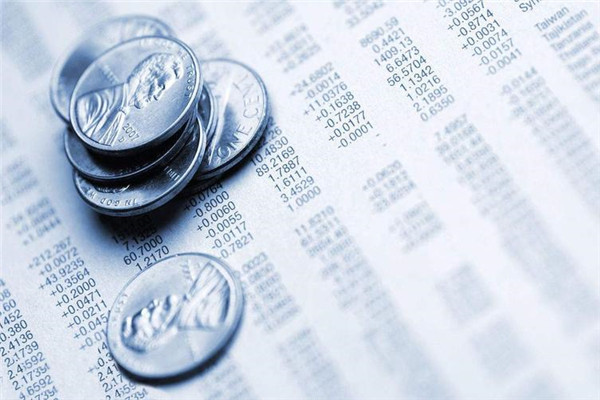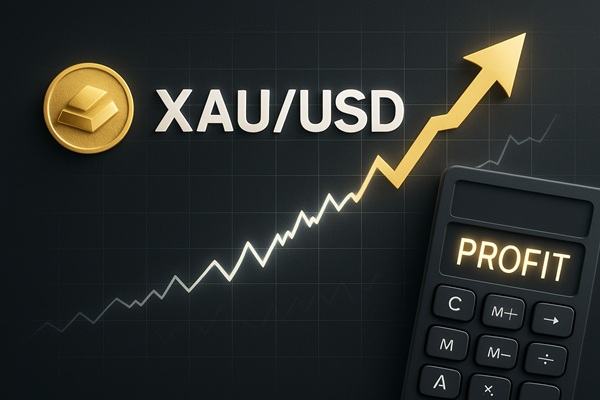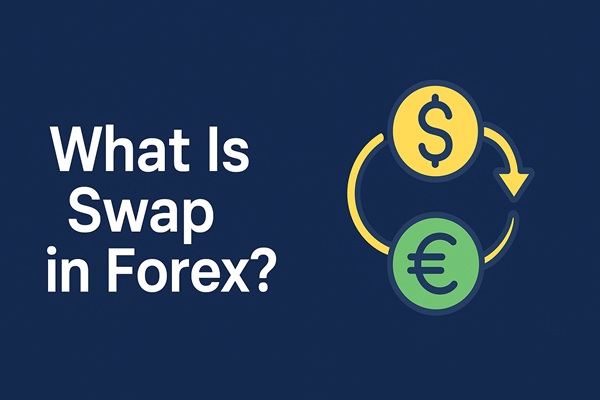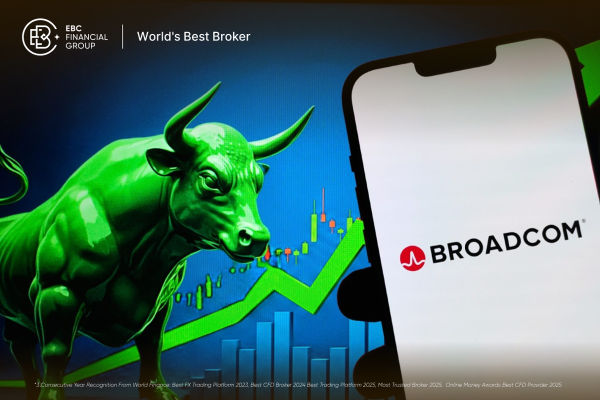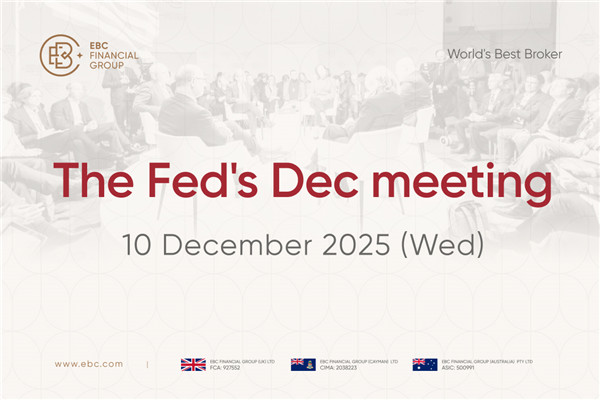When two currencies do not have a direct exchange rate and must be indirectly
calculated through a third currency, the exchange rate is called the cross
exchange rate or arbitrage exchange rate. Those without US dollars in a
"currency pair" are called crosses, while those with US dollars in a "currency
pair" are called direct crosses. By using any two direct exchanges, the exchange
rate for a cross exchange can be calculated, which is the cross exchange
rate.

This exchange rate is usually used for currency exchange without a direct
quotation. Calculating cross-exchange rates requires the following stEPS:
1. Determine the reference currency.
Firstly, determine a reference currency that will be used as the intermediate
currency for cross-exchange rate calculations. This is usually a currency widely
used internationally, such as the US dollar (USD) or the euro (EUR).
2. Determine the base currency and quotation currency.
Select two currencies for exchange rate calculation, one of which is called
the base currency and the other is called the quotation currency.
3. Find the exchange rate between the base currency and the reference
currency.
Use direct quotes available in the market to find the exchange rate between
the base currency and the reference currency. For example, if the base currency
is Japanese yen (JPY) and the reference currency is the US dollar (USD), look up
the exchange rate for converting Japanese yen into US dollars.
4. Find the exchange rate between the quotation currency and the reference
currency.
Similarly, use direct quotes available in the market to find the exchange
rate between the quoted currency and the reference currency. For example, if the
quotation currency is the Euro (EUR) and the reference currency is the US dollar
(USD), look up the exchange rate for converting the Euro to US dollars.
5. Calculate the cross exchange rate.
Calculate the cross-exchange rate between two currencies using known direct
exchange rates. This can be achieved by dividing the exchange rate between the
base currency and the reference currency by the exchange rate between the quoted
currency and the reference currency. For example, if the exchange rate for
converting the base currency from Japanese yen (JPY) to US dollars (USD) is 1
USD = 110 JPY and the exchange rate for converting the quoted currency from
euros (EUR) to US dollars (USD) is 1 USD = 0.9 EUR, then the cross exchange rate
of 121.11 JPY/EUR can be calculated by calculating 110 JPY = 0.9 EUR.
Calculation formula for the cross-exchange rate
1. Both currency pairs can be calculated using the direct quotation method or
the indirect quotation method using exchange rate cross division (i.e., the
buying price of one direct order divided by the selling price of the other
direct order, and the selling price of one direct order divided by the buying
price of the other direct order).
For example, if US dollar/Swiss franc = 1.4000/1.4010 and US dollar/Japanese
yen = 123.50/60, how many Japanese yen equal 1 Swiss franc?
Purchase price: 123.5/1.4010 = 88.15 yen = 1 Swiss franc
Selling price: 123.6/1.4 = 88.29 yen = 1 Swiss franc
So CHF/JPY=88.15/88.29
2. If two currencies use the direct quotation method for one and the indirect
quotation method for the other, the direct multiplication method is used to
calculate (i.e., the buying price of one direct order is multiplied by the
buying price of the other direct order, and the selling price of one direct
order is multiplied by the selling price of the other direct order).
For example: USD/JPY = 123.50/60; EUR/USD = 1.0510/20; 1 EUR=how much
JPY?
Purchase price: 123.5 * 1.0510 = 129.68 yen = 1 euro
Selling price: 123.6 * 1.0520 = 130.03 yen = 1 euro.
So EUR/JPY=129.68/130.03
There may be certain differences in the calculation of cross-exchange rates
that are caused by market bias and transaction costs. Therefore, in actual
transactions, investors should pay attention to referring to the exchange rates
provided by multiple reliable financial institutions or trading platforms to
ensure accurate cross-exchange rates. It is recommended to refer to the
real-time exchange rates of the day and the information provided by relevant
institutions.
Disclaimer: Investment involves risk. The content of this article is not an investment advice and does not constitute any offer or solicitation to offer or recommendation of any investment product.












